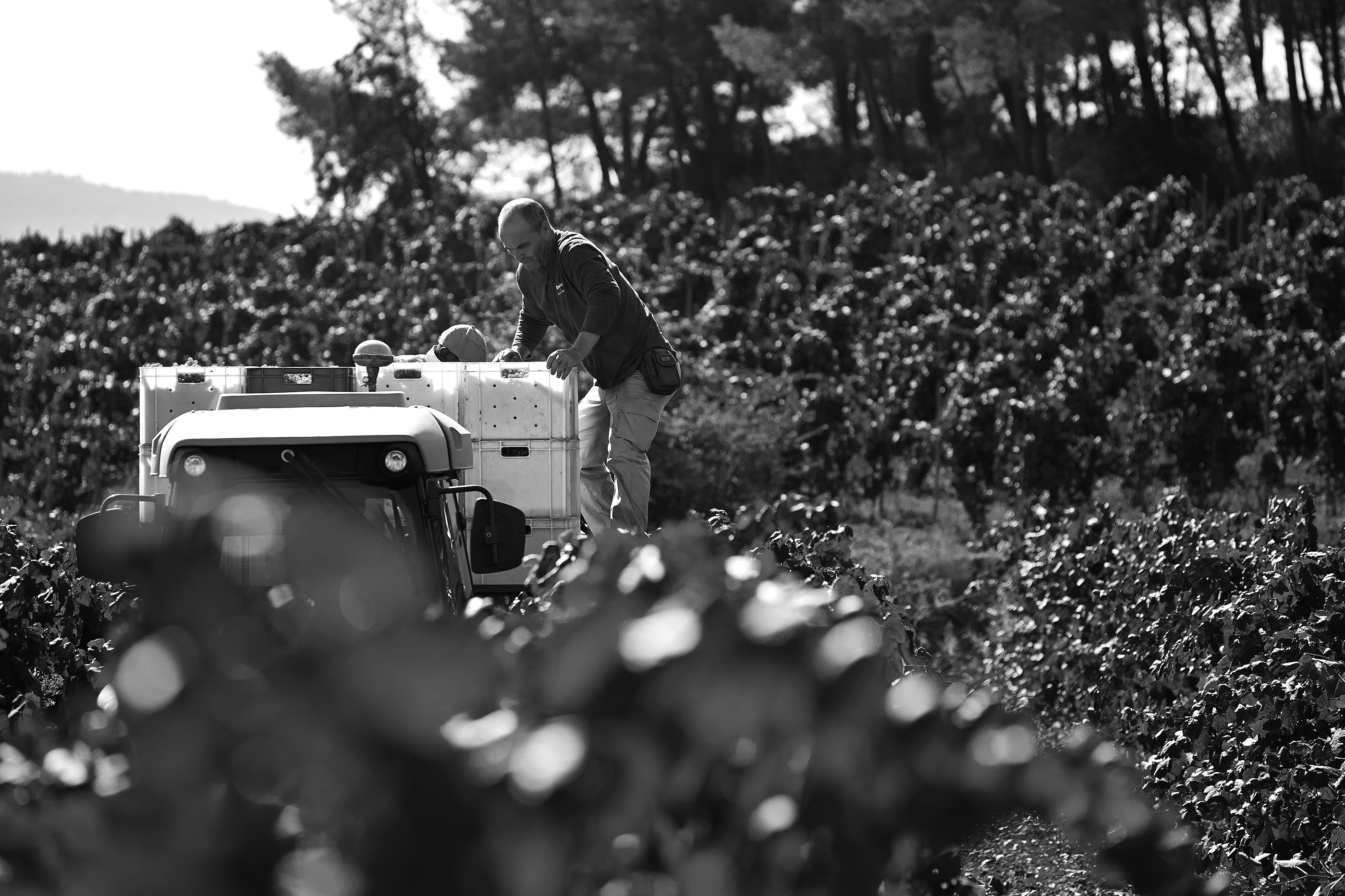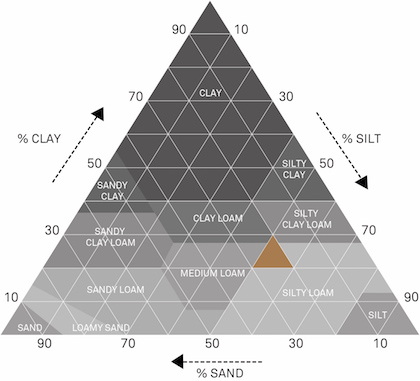2002
Turó d’en Mota
After six years marked by drought, the 2002 vintage is the return of illusion. The numerous rains throughout the year, accompanied by low temperatures in summer, encourage the ripening of the grapes. Thanks to a meticulous work of the viticulture team, the strains offer us the best of themselves, with a fruit of great vivacity and highly qualitative.

2002 HARVEST
- Ideal ripening point and harvest: September 16th, 2002.
- Manual harvest.
- Annual production of the vineyard: 3.400 kg of grapes.
- 2.704 bottles, each one numbered.
METEOROLOGY
- Average temperature in 2001 – 2002 season: 14,5 ºC
- Historical average temperature: 14,9 ºC
- Rainfall from October 1999 to September 2000: 623 mm.
- Historical average rainfall in Sant Sadurní d’Anoia: 563 mm.
AGEING
- Long ageing of a minimum of 102 months with natural cork stopper.
- Riddling by hand in traditional racks.
- Manual disgorging without freezing the neck of the bottle.
- Vinification, wine-making and ageing in Recaredo.
PRESENTATION
Serve in a tall cup in the form of tulip, broad base and slightly closed upper part
CONSERVATION
Keep this bottle at 15ºC to ensure a good evolution.
RECOMMENDATIONS
To appreciate all the complexity, we recommend opening the bottle a few minutes before and serving it around 10ºC.

LOCATION AND GEOLOGY OF THE WINEYARD
- The vineyard of Turó d’en Mota has 0.97 ha with north and northeast exposure. Only in the extraordinary harvests, such as 2006, is a part of the vineyard of 0.55 ha with Southeast exposure
- Grounds of limestone texture (balance of sand, slime and clay) and very calcareous nature. They are treated with deep and well drained soils, with moderate water storage capacity.
- Soils very evolved due to the presence of a calcium horizon with important accumulations of carbonates in the form of nodules, that is, stones formed from concentrations of lime. They have an active limestone of 14%, which makes them extremely calcareous soils.
- Organic matter of 1.5% (very low) and soil pH of 8.5 (very basic).


